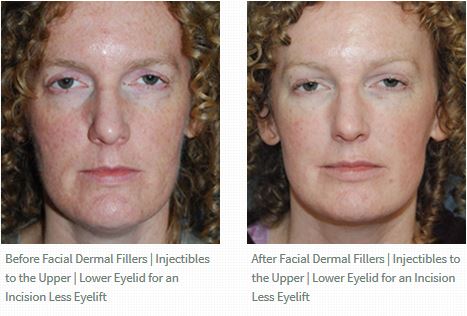The anesthesia you choose can be up to you for otoplasty / ear reshaping surgery (Dr Young Seattle). Your physician should have multiple choices for you to choose from. We have every available method for someone to choose but one thing to realize is that the more anesthesia you choose many times the more expensive. Otoplasty (or ear shaping, ear reshaping, ear pinning, ear plastic surgery, ear cosmetic surgery, ) is a local procedure which, in my opinion, can be done under local anesthesia without any sedation. I usually do suggest iv sedation to make people feel more comfortable. So here are the different levels:
1. no sedation, just local injections of anesthesia to make the area totally numb. One major drawback is the painful injections to make the area numb. Although, I employ measure to make the area more easily tolerable to injections by using a vibrating apparatus.
2. oral sedation with local injections. Here we use oral valium (a sedative), percocet (a pain medication), phenergan (an anti nausea medication). To help with pain, to make a patient less aware, and to prevent nausea that are cause by the valium and percocet.
3. Iv sedation with our registered nurse with local injections. Intravenous sedation, or iv sedation, can help even more with relaxing a patient. Also it can act a lot faster than oral sedatives which take a while longer to move and get absorbed by the gastrointestinal system. Also if you get nauseous during the case, the iv is great to adminster drugs quickly to help. There are also other benefits with iv sedation for blood pressure.
4. Iv sedation with a certified registered nurse anesthetist (crna) with local injections. The difference between 3 and 4 is that the crna here can give you stronger medications that can really make you drowsy. The Crna however is much more expensive and this can be a factor in people’s decision making
5. The next level is general anesthesia done in a surgery center and hospital. This is where the patient is completely sedated and will require a breathing tube. General anesthesia is little more riskier, can place more stress on the body and you will need to be more fit to undergo this anesthesia and your doctor will be more inclined to get a medical clearance to see if you can tolerate this type. Also this type of procedure will be much more expensive for the patient
In general, I think that the options from 1-3 are plenty for otoplasty. But this will depend on the patient’s choice.
I hope that helps.
Thanks for reading, Dr Young
Dr Young specializes in Facial Cosmetic and Reconstructive Surgery and is located in Bellevue near Seattle, Washington
